By Julie Tomascik
The dry, dusty, cracked ground in Texas is thirsty.
Although spring is usually one of the wettest times of the year, that isn’t so in 2021. Parts of Texas still remain parched, desperate for moisture.
According to the Texas Water Development Board, 74 percent of the state is impacted by drought.
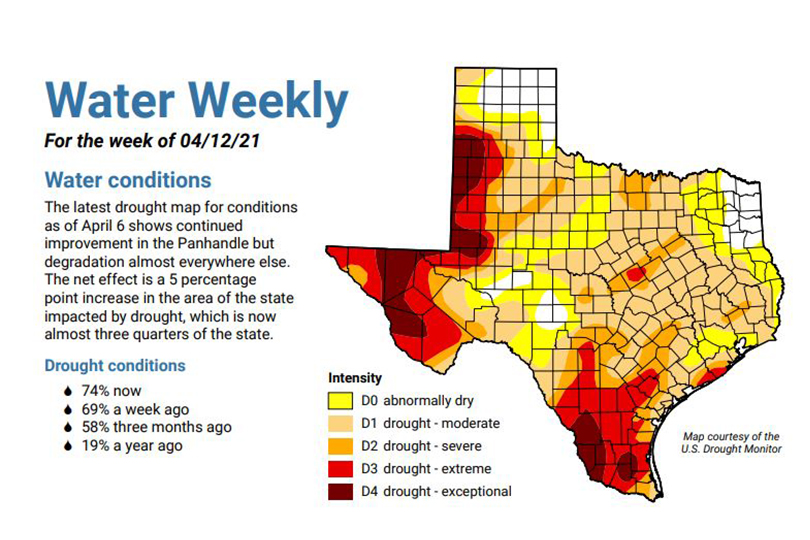
Drought is back and in a big way.
More than 85 counties are currently under a burn ban, meaning outdoor burning is restricted. Parts of the Lone Star State are ready to explode in flames. It won’t take much. One careless fire. One match. Or cigarette thrown from a car window. All can spark a wildfire, endangering land, livestock, wildlife, homes and lives.
Recent rains have fallen in some spots that desperately needed it, but it wasn’t enough to break the drought. And most areas received none at all.
The drought poses significant challenges for the state’s farmers and ranchers. Cities, too, when you consider surface water sources can dry up.
With low moisture, crops and pastures are ruined and wildfires are fueled. Ranchers could be forced to cut their herds and that could send the price of beef up.
As we continue through this spring, the eyes of Texas farmers and ranchers continually scan the horizon, searching for the cloud bank that spells relief for a dry, dry land.
They constantly check the weather apps on their phones, listen to weather reports on the radio and the house gets silent when the weather report comes on TV.
Each day brings us one day closer to the next rain. Until then, Texans can work to conserve and preserve this precious resource. And join together to pray for rain. Plentiful water is a bond that draws us all together.

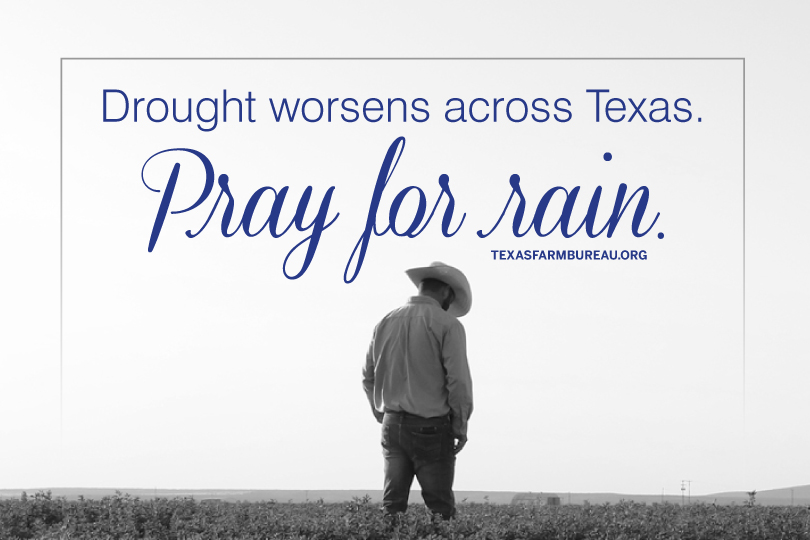
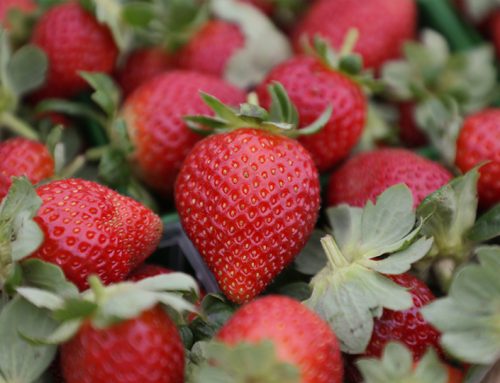
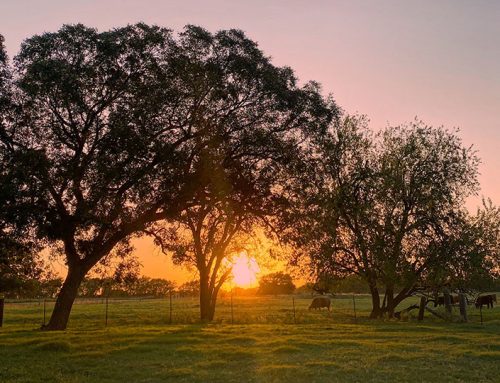
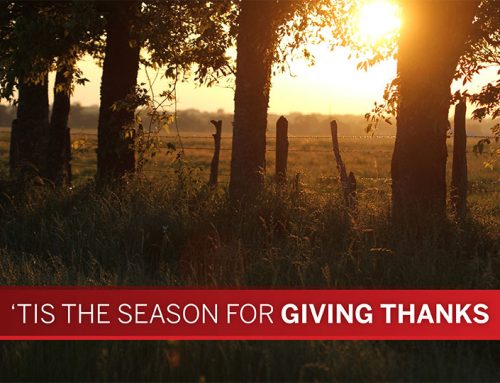

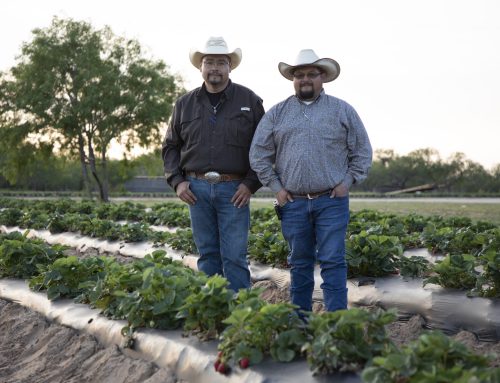




Leave A Comment